Imagine a future where New Zealand, known for its breathtaking landscapes and pristine environment, also leads the world in renewable energy innovation. As property development specialists, understanding the dynamic shifts in the renewable energy sector can unlock new opportunities and transform the way we approach sustainable building. This article sheds light on key innovations in New Zealand's renewable energy sector and their implications for property development.
New Zealand's Renewable Energy Landscape: A Snapshot
New Zealand is a country blessed with abundant natural resources, making it uniquely positioned to harness renewable energy. According to the Ministry of Business, Innovation, and Employment (MBIE), approximately 82% of the country's electricity comes from renewable sources, primarily hydro, wind, and geothermal. This commitment to sustainability is not just a policy but a practice that significantly impacts the property development landscape.
Revolutionary Innovations in Renewable Energy
1. Advanced Geothermal Solutions
Geothermal energy has long been a cornerstone of New Zealand's energy mix. Recent advancements in enhanced geothermal systems (EGS) are paving the way for more efficient and sustainable energy extraction. These innovations allow access to geothermal resources in areas previously deemed uneconomical, expanding the potential for integrating geothermal energy into property developments.
2. Solar Photovoltaics and Battery Storage
Solar technology is evolving rapidly, with innovations in photovoltaic cells improving efficiency and reducing costs. In New Zealand, the adoption of solar energy is on the rise, driven by government incentives and decreasing technology costs. Coupled with advancements in battery storage, solar energy now offers a viable solution for off-grid developments and sustainable communities.
3. Wind Energy: Offshore and Onshore
New Zealand's wind energy sector is gaining momentum, with projects like the Tararua Wind Farm exemplifying the potential of both onshore and offshore wind resources. The integration of advanced turbine technology has increased energy output and reduced environmental impact, making wind energy an attractive option for property developers focused on sustainability.
Case Study: Aotearoa's Sustainable Urban Development
Consider the Hobsonville Point development in Auckland, a prime example of integrating renewable energy solutions into urban planning. This community harnesses solar energy and incorporates energy-efficient designs, resulting in a sustainable living environment. The project not only demonstrates the feasibility of renewable energy integration but also highlights the economic viability, with property values experiencing a significant boost.
Pros vs. Cons of Renewable Energy in Property Development
✅ Pros:
- Environmental Benefits: Reduces carbon footprint and enhances sustainability.
- Energy Independence: Decreases reliance on non-renewable energy sources.
- Cost Savings: Long-term reduction in energy costs for property owners.
- Increased Property Value: Sustainable properties attract eco-conscious buyers.
❌ Cons:
- High Initial Costs: Significant upfront investment required for technology installation.
- Regulatory Challenges: Navigating complex regulations can be daunting.
- Intermittency Issues: Renewable sources like solar and wind are weather-dependent.
- Technological Limitations: Current technology may not be feasible for all locations.
Common Myths & Mistakes in Renewable Energy Adoption
Myth: "Renewable energy is too expensive for property developments." Reality: While initial costs can be high, long-term savings and government incentives often offset these expenses.
Myth: "Renewable energy solutions are unreliable." Reality: Advances in battery storage and grid integration have significantly improved reliability.
Myth: "Renewable energy adoption doesn't impact property value." Reality: Sustainable properties often enjoy higher demand and increased market value.
Future Trends & Predictions
Looking ahead, New Zealand's renewable energy sector is poised for significant growth. By 2030, the country aims to achieve 100% renewable electricity generation, driven by advancements in technology and supportive government policies. For property developers, this presents an opportunity to lead in sustainable building practices and capitalize on emerging trends.
Conclusion: The Path Forward for Property Developers
For property developers in New Zealand, embracing renewable energy innovations is not just a trend but a necessity. The integration of sustainable solutions into property developments enhances environmental responsibility, economic viability, and market appeal. As the renewable energy landscape continues to evolve, staying informed and proactive will be key to thriving in this dynamic industry.
What’s your next step? Consider how these renewable energy innovations can be integrated into your current or future property developments. Share your thoughts or experiences in the comments below!
People Also Ask
How does renewable energy impact property development in New Zealand? Renewable energy integration enhances sustainability, reduces long-term costs, and increases property value, making it a strategic focus for property developers.
What are the biggest misconceptions about renewable energy? A common myth is that renewable energy is too expensive. However, with government incentives and long-term savings, it is a viable and cost-effective solution.
Related Search Queries
- New Zealand renewable energy projects
- Sustainable property development NZ
- Geothermal energy advancements in NZ
- Solar power trends in New Zealand
- Wind energy developments NZ






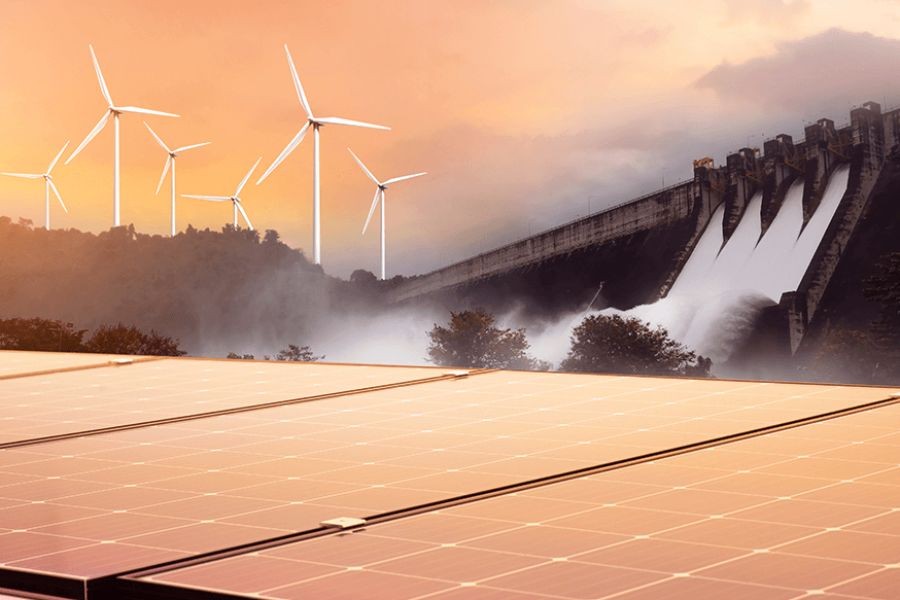










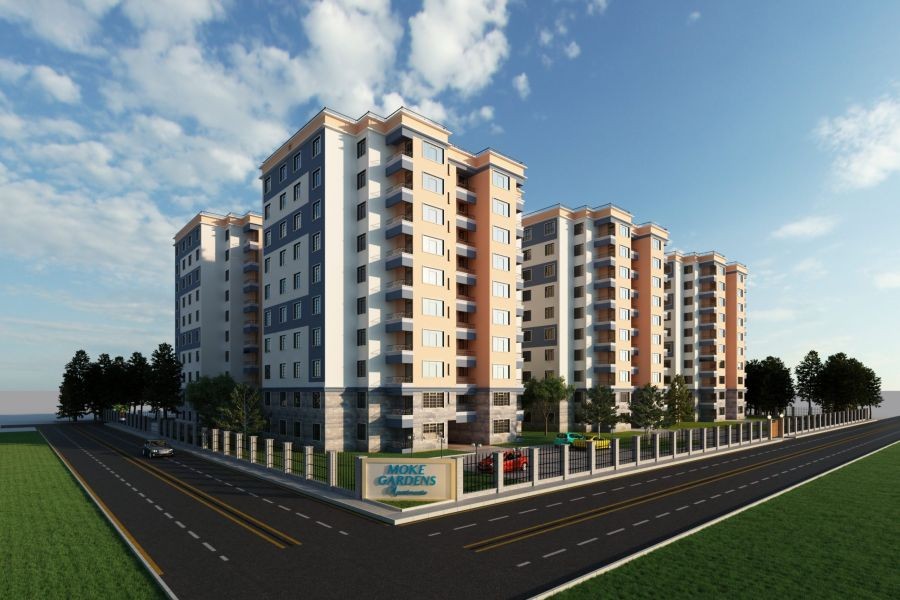









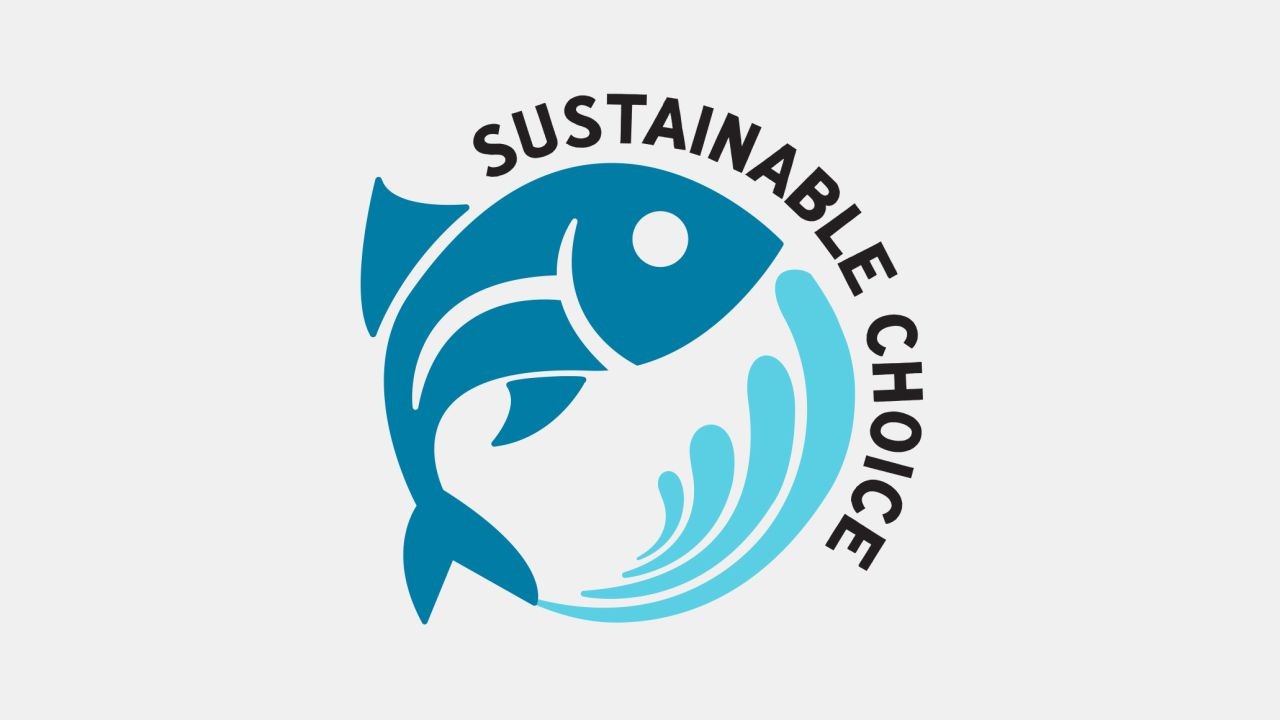

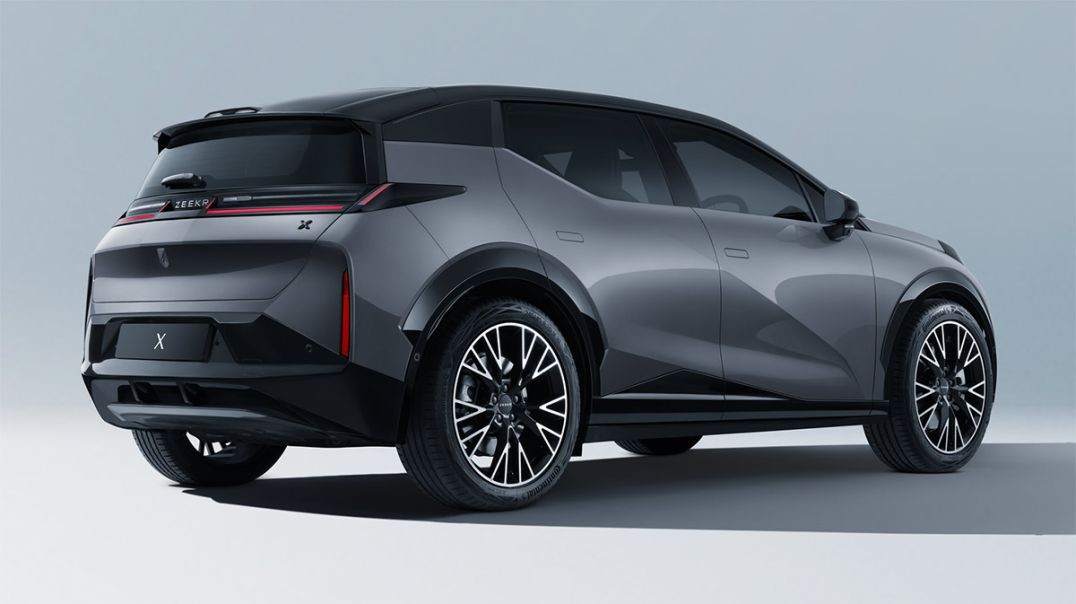


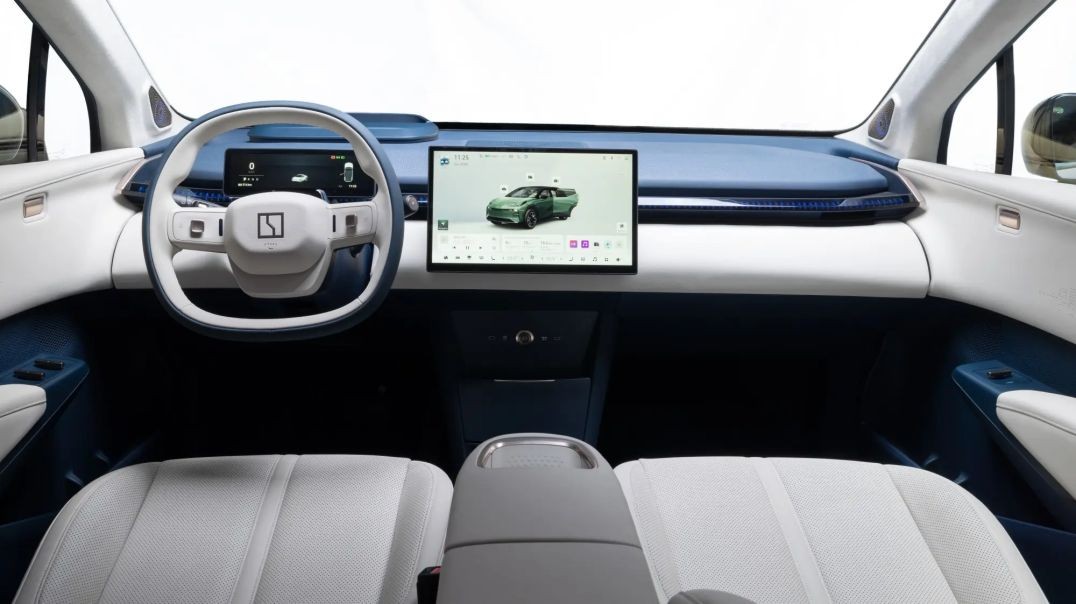
BerndNatio
4 months ago